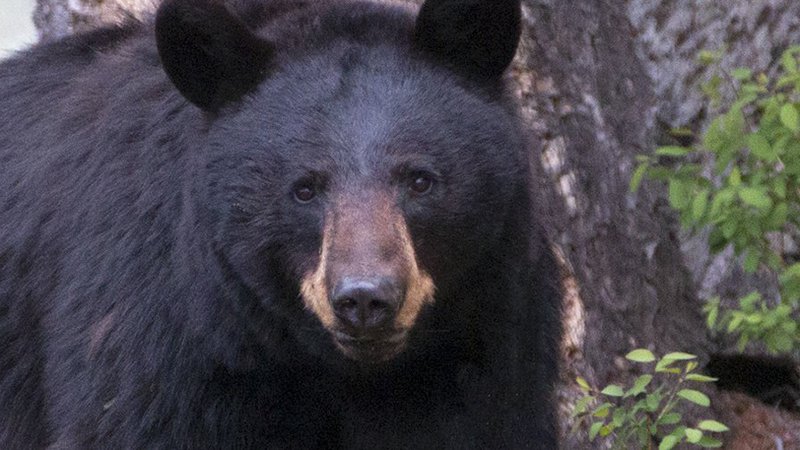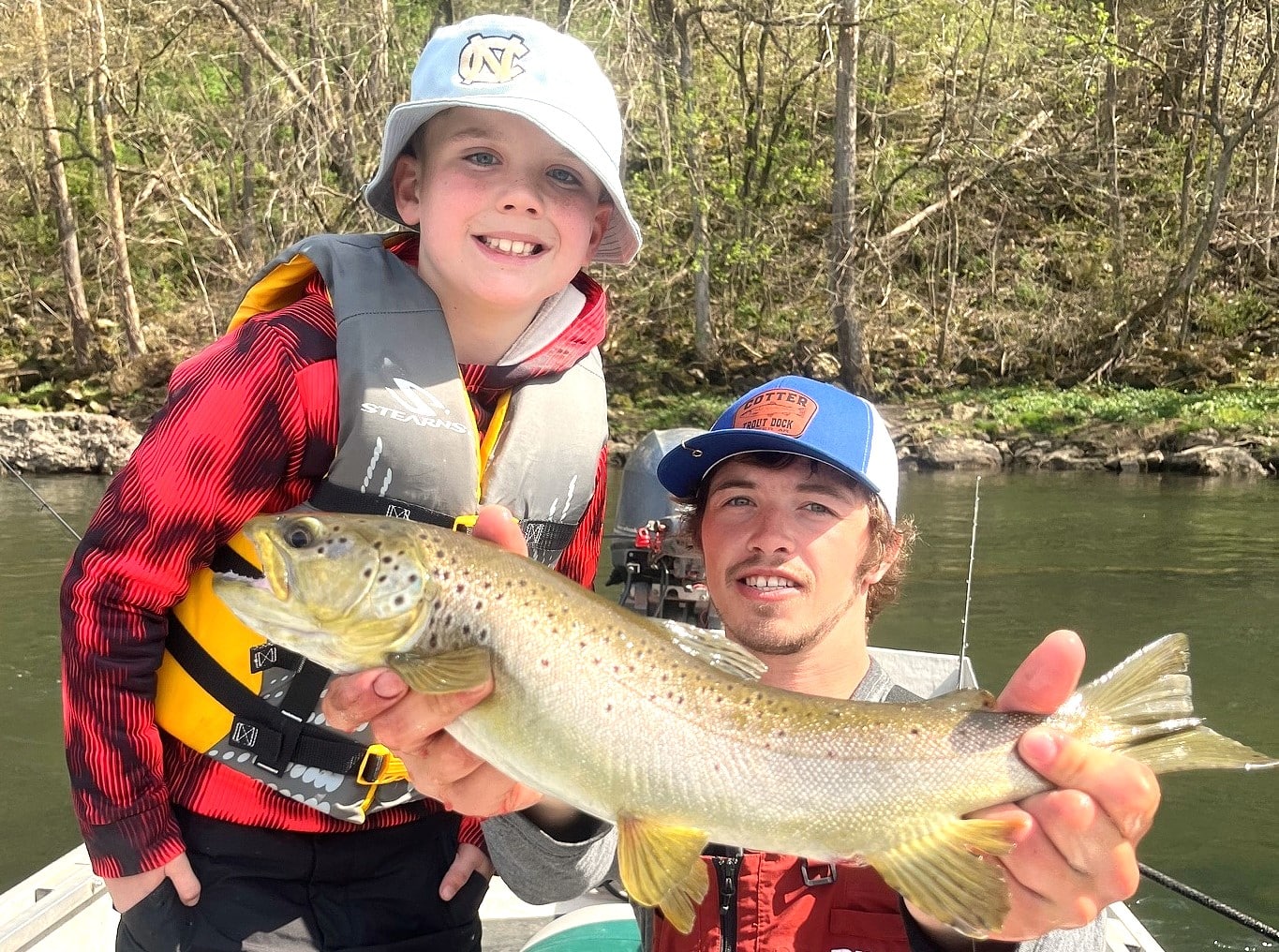Bear hunting seminar slated for Fort Smith nature center
ON 08-15-2018

Aug. 15, 2018
Randy Zellers
Assistant Chief of Communications
FORT SMITH – Myron Means, large carnivore program coordinator for the Arkansas Game and Fish Commission, will host a seminar dedicated to hunting black bears at the Janet Huckabee Arkansas River Valley Nature Center from 6 to 8 p.m., Thursday Aug. 30.
Means will present every aspect of hunting Natural State bears from scouting and bear behavior, to field preparation for the hunt and care of harvested bears should a hunter score.
“This will basically be like Bear Hunting 101,” Means said. “If you’ve ever wanted to hunt bears, I’ll try to give you every bit of knowledge you need, but success will still hinge on how much effort you put into the hunt itself.”
Participants will get a crash course in bear physiology and what motivates bears during hunting season.
“Bear hunting really is all about finding food,” Means said. “They don’t have a rut during the fall like deer, but are about to go into their den cycle so they’re focused on one thing – eating.”
Means will help hunters use this knowledge to increase their chances of harvesting a bear, with tactics developed for private and public land hunters.
“We’ll cover baiting sites and how to pattern bears on private land,” Means said. “But we’ll also cover public land hunting, where baiting is not allowed.”
Finding bears on public land still revolves around finding food sources, but it requires much more work in scouting. Means says if acorns and other foods are plentiful, the bears will not need to move much to eat. During low mast years, they’ll move more and focus harder on particular trees that may still be producing acorns.
“The secret is finding these ‘natural bait sites’ and scouting them without disturbing bears that may be feeding,” Means said. “Bears are much less forgiving than deer. If you bust them out scouting, they won’t be back. On private land bait sites, you can get away with a little more, but on public land you have to really minimize your presence.”
Means says focusing your scouting on late morning and early afternoon improves the chances of not running into a bear before hunting season. Hunters should look for areas with good mast crop and telltale signs of bears visiting, such as bear droppings or scat and bear trails. Bear trails are easily distinguished from deer and other game trails by the presence of small, dished out impressions from repeated footsteps in the same spot.
“Bears will step in nearly the exact same spot every time they travel a trail,” Means said. “So it will literally look like you went and put down a bunch of saucers in alternating patterns on each side of the trail.”
The seminar also will address what to do if your new knowledge pays off. Hunters can be intimidated by the idea of having this massive bear down and not knowing what to do with it to take care of their trophy.
“Bears are much different than deer and can spoil quickly if not cared for properly,” Means said. “The fat layer they are putting on when gorging themselves can be very oily. Combined with them putting on their winter coats, a downed bear’s fat layer can begin rendering itself from the animal’s trapped body heat. That oil can saturate the meat and taint it with an unpleasant flavor.”
Means says hunters after bears should prepare for success and have coolers, plenty of sharp knives and rope waiting in the truck should they hit their mark. Acting quickly to skin, quarter and cool the bear is the key to great meals later.
“You also want to get as much of that extrastitial (outer) fat layer off as you can before storage,” Means said. “There’s enough marbling in a bear’s muscles to give the meat flavor and prevent it from drying out while cooking. That outer layer just adds too much and has an unpleasant taste.”
“Proper field care and processing of a bear can make it the best wild game you’ve ever eaten, but it’s definitely more work than a whitetail,” Means said. “We want everyone interested in these amazing animals to have the knowledge they need to succeed.”
Recent News
Subscribe to Our Weekly Newsletter E-mails
Don’t miss another issue. Sign up now to receive the AGFC Wildlife Weekly Newsletter in your mailbox every Wednesday afternoon (Waterfowl Reports are published weekly during waterfowl season and periodically outside the season). Fishing Reports arrive on Thursdays. Fill in the following fields and hit submit. Thanks, and welcome!


